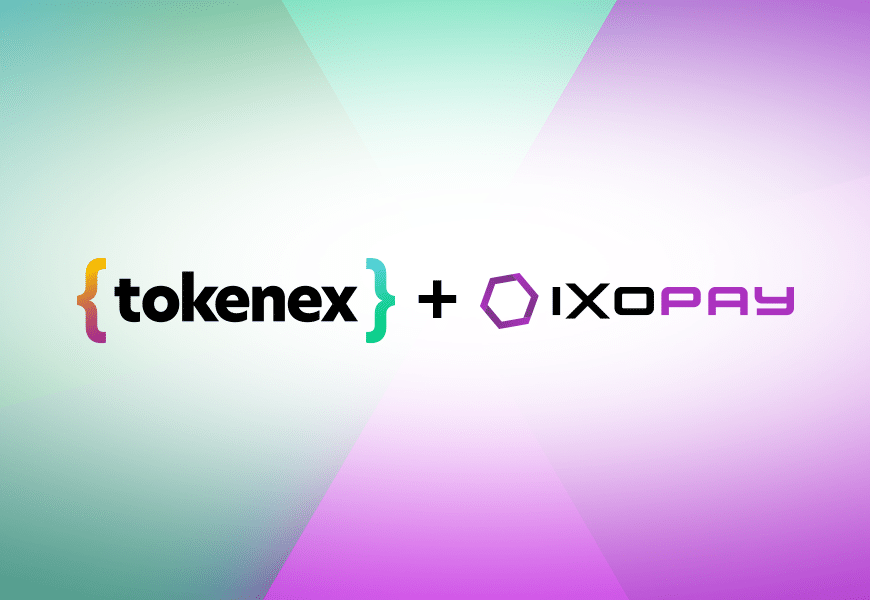Does your business accept credit card payments? If so, are you familiar with the credit card life cycle and how you can manage it? Indeed, this should be a seamless, quick process for customers purchasing your products or services. Behind the scenes, this payment process is complex, requires multiple players, and involves various steps and fees. Continue reading to discover everything you need to know about the credit card life cycle.
What Is the Credit Card Life Cycle?
The credit card life cycle refers to the process that allows merchants to accept and process credit card payments from customers that purchase their products or services. While each transaction is unique, every credit card transaction follows specific steps, which will be discussed in this article.
Who Are the Key Players?
- Customers – The customer (or cardholder) is the person who uses their credit card to pay for a product or service offered by a merchant. They can provide cardholder data in two ways – card-present (POS terminals) or card-not-present (via phone, mail, or online). Once the cardholder places an order, the transaction details are sent to their financial institution as a pending credit charge.
- Merchants – Merchants are any business, corporation, entrepreneur, or sole proprietor that accepts and processes card payments in exchange for their products and services for sale. Indeed, merchants offer payment acceptance tools necessary for customers to make purchases. This can include a card terminal, point-of-sale (POS) terminal or card-present transactions, payment gateway for online orders, or other payment applications.
- Issuer – The issuer or issuing bank refers to the financial institution that offers credit cards to the cardholder. Issuers connect customers to their bank accounts and handle the process of authorizing and sending funds to merchants. This funding process is crucial for businesses receiving payments from customers.
- Acquirer – The acquirer or acquiring bank is the financial institution that creates and maintains merchant bank accounts. Any business that accepts and processes credit card payments must use a merchant account or sub-merchant account. When a customer purchases an item or service, merchant banks send these transaction requests and authentication details between businesses and their card associations.
- Card Associations – Card associations, such as American Express, Discover, MasterCard, and Visa, connect customers, businesses, issuing banks, and acquiring banks. These associations control the credit card payment process, including establishing interchange rates, handling card disputes between cardholder banks and merchant banks, and encouraging secure, fast, and seamless payment processing.
- Payment Processors – Payment processors refer to businesses that process credit card transactions for merchants and their acquiring banks. The credit card life cycle would not be possible without these vital processors. Aside from processing payments, processors have expanded to offer additional functionality designed to improve the payment experience for customers.
The Credit Card Life Cycle Process
Like the four primary moon phases are a part of the circle of life, there are four significant steps involved in any credit card life cycle, no matter what type of transaction has been processed. This includes payment authorization, batching, clearing, and settlement.
Payment Authorization
While it may seem like a quick, easy process, several steps are happening in the background during the first stage of the card life cycle. Payment authorization, which takes place within a few seconds, begins once a customer provides their credit card details to a business either as card-present or card-not-present. The cardholder information is securely transferred to the acquiring bank and the payment processor. Then, the transaction details are sent to the card brand and issuing bank.
Once the issuer has verified that the cardholder has enough funds or credit to pay for the pending transaction, an authorization response code will be sent to the card association. The card brand will send this code to the acquiring bank, informing the merchant whether the transaction is approved or declined. Keep in mind that this initial stage will also include anti-fraud prevention measures to ensure that the transaction is legitimate.
Batching
The second stage of the credit card life cycle is batching, which is when merchants review and submit batches of transactions. Indeed, these transactions are pending until the business owner submits a finalized, complete report of each submitted transaction. How often merchants do batching varies based on the type of business. Some businesses offer transactions at the end of each business day, while others may send them at the end of the week.
A major benefit of batching is the cost-saving opportunities. Merchants can either submit transactions manually, which is time-consuming or automatically. If an automated option is chosen, merchants can easily set this up with their acquiring bank or payment processor.
Clearing
After the merchant has submitted a batch of transactions, these transactions are sent to various entities. Initially, the acquiring bank will receive the transactions and send them to the payment processor, card network, and finally, the issuing bank. Once the issuing bank receives the batch, they will then deduct the authorized transactional amount from the cardholder’s credit account.
Furthermore, this is the stage in which interchange fees are charged. The issuing bank charges these fees to cover the cost of processing credit card transactions. Issuing banks will share these interchange funds with the card associations. Indeed, the merchant must pay these non-negotiable fees, which vary based on which card association and card type are used.
Settlement
The final stage of the credit card life cycle is settlement, which is when the business is paid. In this stage, the issuing bank sends the approved transactional funds to the merchant bank. Once received, the merchant bank will deposit the money into the merchant’s account. To no surprise, businesses depend on a quick and efficient card life cycle to receive timely payments in exchange for the products and services they provide. Indeed, a steady cash flow is imperative for sustainable growth and maintaining business operations.
How to Manage the Credit Card Life Cycle
When you manage credit card payments, the reality is that this carries risks for your business. Risks associated with the card life cycle include chargebacks, credit card fraud, high interchange rates, and even losing your merchant account. While most card transactions are legitimate, the Federal Trade Commission indicates there were more than 390,000 reports of credit card fraud in just 2020. Indeed, credit card fraud is the most common type of payment fraud, as criminals do not need to be physically present to make unauthorized purchases. This makes it reasonably easy to use a stolen card to pay for a product or service over the phone, online, or by mail.
Additionally, transactions may be authorized by banks but not by the cardholder. If this happens, merchants will receive chargeback fees, which means they will lose money and have to provide evidence that the charge was authorized. In most cases, the cardholder wins and receives their money back, whether the transaction was legit or not. If the merchant receives too many chargeback fees, they may receive higher chargeback and interchange rates and lose their merchant account. This will require looking for a high-risk account, which will cost a business even more money and damage their reputation as a merchant with a low risk for credit card fraud.
Tips for Managing Credit Card Risks
- Limit manually keyed-in transactions – Since manually keyed-in transactions through the mail and phone calls have a high fraud risk, try to limit or avoid the number of this type of transaction.
- Offer online/phone reservations with pay in-store – If possible, allow customers to make reservations ahead of time, either online or over the phone. Then, have them pick up and pay in-store. These card-present transactions have the lowest fraud risk as it’s more challenging to commit credit card fraud by being in person.
- Provide as much data as possible for credit cards – To reduce card fraud, merchants should provide as much cardholder data as possible. There are three different data levels, so the type of business will determine which level is needed. Level 1 examples include PAN, billing ZIP code, and CVV, level 2 provides customer code, level 1 data, and sales tax amount, and level 3 includes discounts, shipping costs, and level 1 and 2 data.
- Settle batching daily – It’s recommended that merchants settle their card transactions at the end of each business day. This helps ensure that transactions are classified under the correct interchange programs, thus avoiding a business paying too much for the wrong program.
- Use fraud prevention tools – Fraud prevention solutions like 3-D Secure can help reduce the risk of fraud by authenticating cardholders before a transaction is processed. Additionally, network tokenization is a payment network service that tokenizes cardholder data.
Final Points
As you can see, the credit card life cycle consists of several stages that work together to approve or deny transactions. It’s crazy to think that the authorization stage only takes a few seconds, which is necessary for today’s businesses to operate quickly and efficiently. Since credit card fraud will continue to be a pressing issue, merchants must prioritize protecting and securing cardholder data. After all, today’s cyber criminals keep the pulse of financial trends across industries, allowing them to easily target cardholders with fraud, identity theft, phishing, and more. One of many solutions is partnering with a trusted tokenization provider dedicated to protecting your most sensitive payment data, such as your customers’ primary account numbers, card verification values, and more. Contact TokenEx today to learn how we can help you meet PCI compliance, reduce credit card fraud, and maintain vital business operations.
How to Choose
a Tokenization Solution
Make sure you are asking the right questions by reading this resource.















